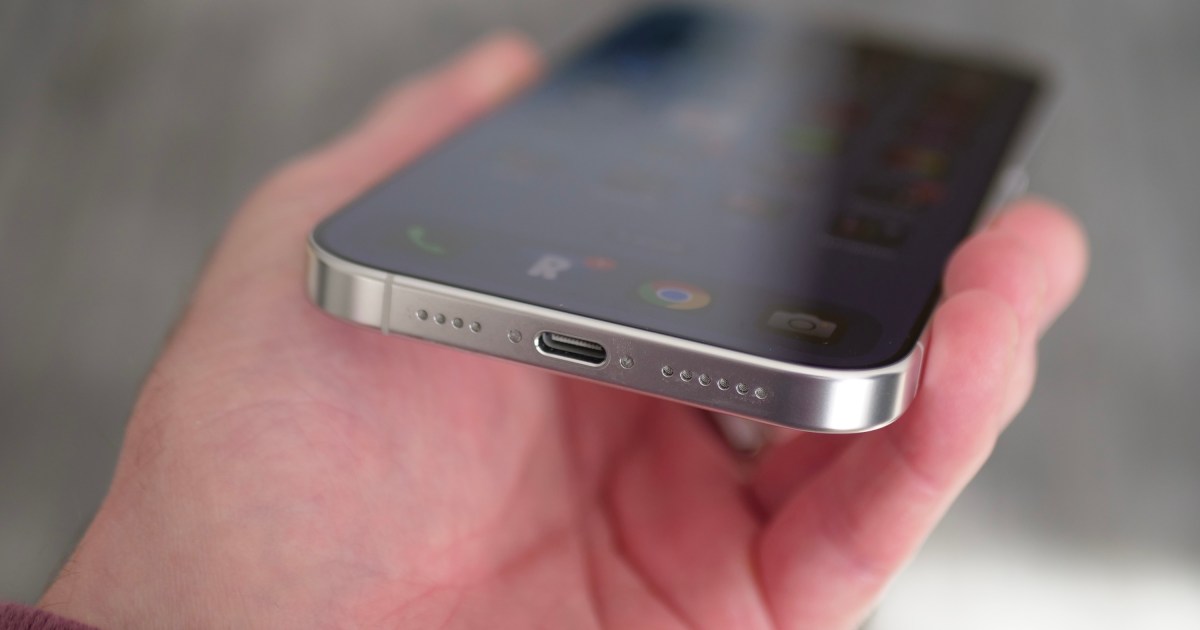
A $2,300 iPhone? Recent tariffs could make it a reality.
The tariffs imposed by the current administration could lead to a significant increase in the prices of consumer electronic devices.
A recent report suggests that the price of the iPhone could experience a significant increase due to new tariffs. According to analysis, the additional costs could translate into a price hike of between 30% and 40% if Apple decides to pass these expenses onto consumers. A Counterpoint Research analyst estimates that the average price increase could be around 30%, while analysts from Rosenblatt indicate it could be as high as 43%.
For example, the iPhone 16 currently retails for $799; with a 43% increase, its price would rise to approximately $1,142. In comparison, the iPhone 16 Pro Max, which has a base price of $1,599, could reach nearly $2,300 if this increase is applied. This situation presents a challenge for Apple, as raising the price of its devices could lead to a decline in sales, turning them into luxury products inaccessible to many consumers.
A report from this year showed that the demand for used iPhones is increasing compared to new ones, and a price increase could exacerbate this trend. Even the most economical model, the iPhone 16e, which starts at $599, could exceed $850 in the new price scenario.
In light of the tariffs, China has announced a reciprocal increase of 34%, which affects the production of iPhones and their components, likely leading to further price hikes. Although the final outcome of these tariffs is uncertain, it is clear that the costs of electronics and other consumer products are expected to rise significantly.
Regarding other launches, there has been talk of the iPhone Fold, which could be scheduled for release in 2026, according to the latest opinions from expert analysts. Additionally, rumors about the iPhone 17 have indicated that it could include improvements such as a high refresh rate display, which is essential today for a smooth user experience. This advancement would also help maintain competitiveness against the growing range of Android devices that already feature these characteristics.




